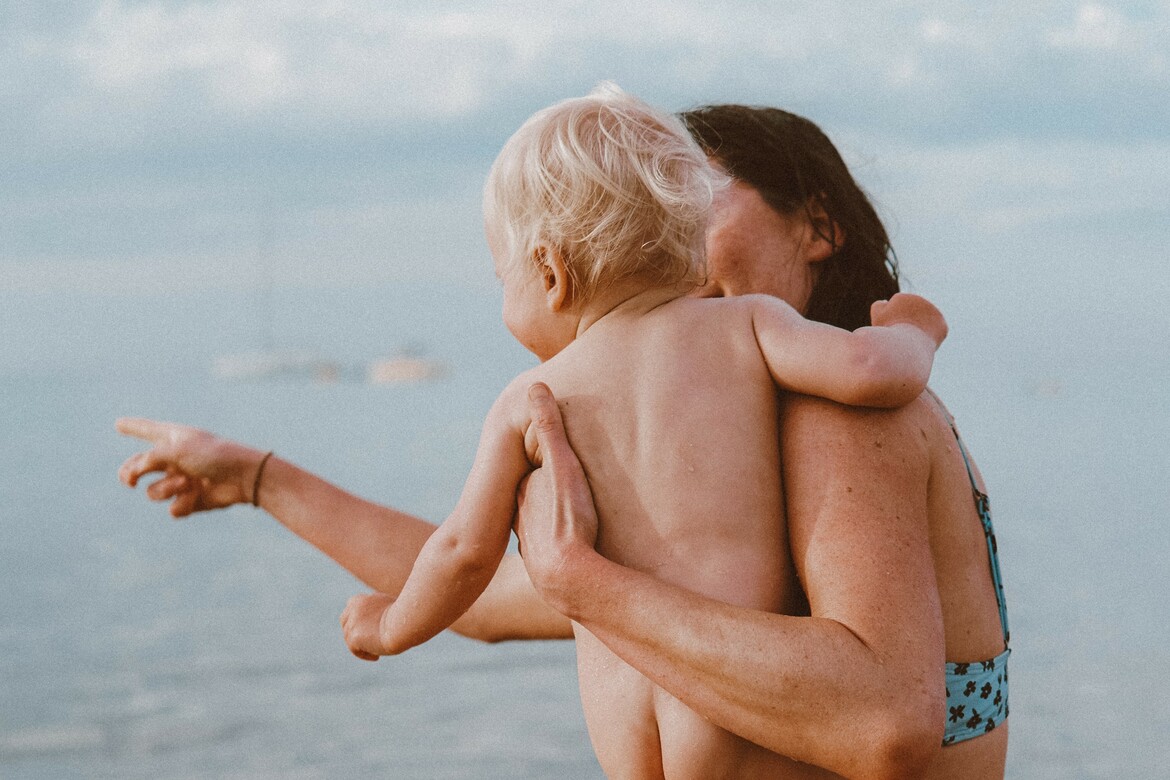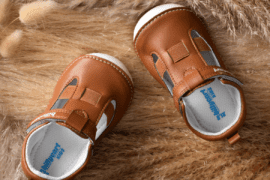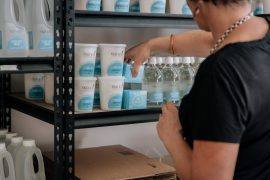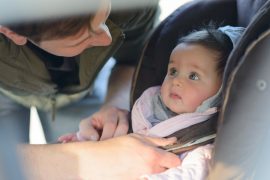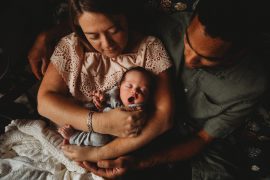The rollercoaster of parenting is ultimately one of the most rewarding experiences in life. However, any new parent can tell you just how high the learning curve really is.
Often new parents have to commit so much time to learning about essentials, they don’t have the time to research the products they only expect to use occasionally. So for all the hardworking parents, that haven’t yet had time to look at sunscreen, this article is for you.
We’ve written this simple article to support you in understanding the most important factors in selecting the very best sunscreen for your children.
1. Ingredients
Don’t worry, we don’t expect you to intuitively know every single ingredient. Ingredients are one of the most important factors though, because of how sensitive a newborn’s skin is. In an ideal world, you would look up every ingredient in each sunscreen. However, parents often don’t have the time to do that for every product, and even if they did, many companies only list the active ingredients. There are a few simple things you can look for on any sunscreen though.
You could just avoid any sunscreen that doesn’t list all the ingredients. But we suggest you instead look for the words ‘all-natural’ or ‘chemical-free’. Not ‘natural’ but ‘all natural’. Many sunscreens call themselves natural due to their active ingredient (the ingredients that actually protect the skin) being natural. But this doesn’t account for all the inactive ingredients (the ones that form the remainder of the cream and affect its consistency, stability, etc). Often the inactive ingredients can be chemical ingredients and irritate the skin.
‘All natural’ simply means that there are no chemical ingredients, as does ‘chemical free’.
Another easy way of checking the safety of sunscreen is to look it up on the EWG.
The EWG (Environmental Working Group) is an organisation based in the United States that rates products based on the safety of ingredients, both for us and the environment. Each product receives a final overall score. The lower the number, the safer it is.
Just look up the product in question, using their website, and see how it scores. You can visit their site here. You’ll be surprised by how poorly some common baby sunscreens are rated.
2. Broad Spectrum
Another equally important consideration is whether the sunscreen is labelled as broad spectrum.
Broad spectrum sunscreens protect against both UVA and UVB radiation (rays from the sun).
If you’ve never heard these terms, here’s a quick explanation.
UV-B rays burn the skin and are the cause of sunburn.
UV-A rays cause skin aging and deeper skin damage over time that can lead to cancer.
The ‘Broad spectrum’ label means that it protects from both forms of UV radiation. Obviously this is quite important.
3. SPF
Next on the list is SPF. SPF stands for ‘Sun Protection Factor’ and is a measure of how much UVB radiation is prevented from reaching the skin. If you are wondering why it didn’t feature higher on the list, it’s because the SPF rating only measures protection against UVB radiation, the kind that burns. As such, you can choose a very high SPF and still receive considerable skin damage.
For this reason, it’s a deceptive form of measurement. You can read more about SPF in this Guide to SPF Ratings
To keep it simple, just ensure your sunscreen has an SPF of at least 30. There is very little difference (1.3%) between SPF30 and SPF50.

